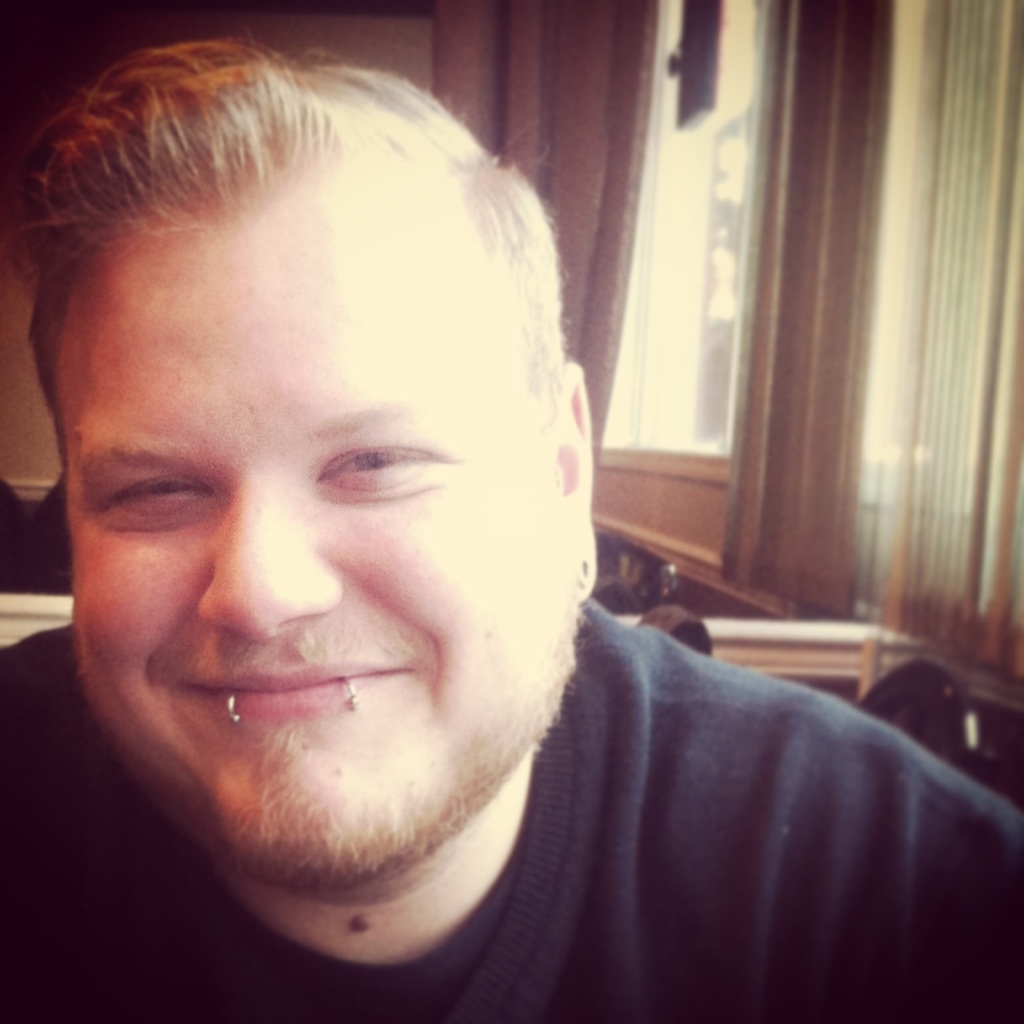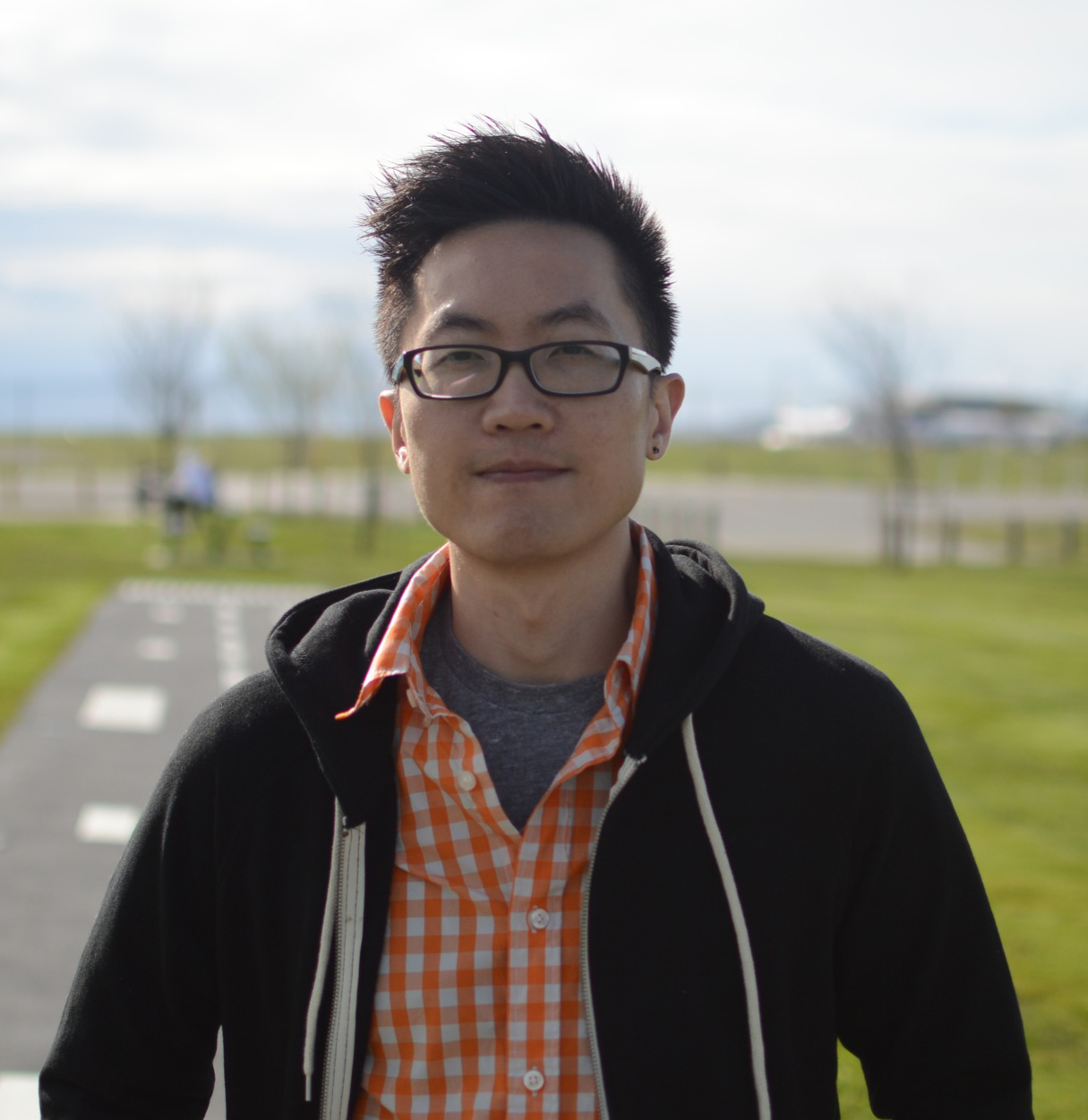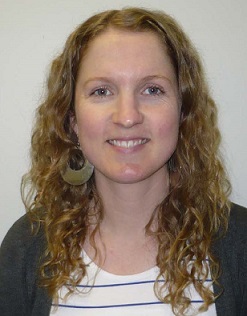Canada is a country of labourers; a nation of hard working loggers, fishermen, farmers, and miners, toiling away in remote rural environments. To Canadians, these men are deemed rugged, resourceful, and above all heterosexual. However there is something we tend to overlook: some of these heterosexual men are having sex with one another.
These men are working in majority male-only environments remotely perched in the corners of our most rural landscapes, and on Vancouver Island such men have existed for a long time according to the anecdotal evidence available. Some might suggest that anecdotes are little to go on as evidence, but I disagree. Sometimes, these narratives of lived human experience are all we have in the face of a research void. Through these narratives we are learning that there are men having sex with men in a “MSM Vacuum;” a sex space that exists in isolation from and without connection to the social and cultural norms and expectations of men’s sexuality. Studies have explored this idea of a stand-alone MSM vacuum, such as research around rural gay experiences, incarcerated men and their sex practices, and the sex practices of men in the military. However, no research seems to have been done about specific rural work-based male-dominated labour environments.
Instead, these moments exist in a vacuum where the activities taking place within it are not connected to the outside world, and therefore divided from social expectations on sexuality, gender roles, and societal norms. For many of these men the key to entering into this vacuum is through the use of substances, such as alcohol, marijuana, or other harder drugs. If consequence-free MSM sex is the box, then the use of substance is the key to unlocking it.
This substance use could be interpreted in many ways. Does intoxication provide freedom from consequences in the decision making process? Does it lower a guard around secret sexual preferences, or create a heightened state where impulse control decreases? Or is it the absence of available female partners? Without more formidable research into the topic, this might be something we are left wondering over for a long time. The two consistent pieces of this MSM vacuum that have been shared with me thus far are a) this vacuum occurs often after substance use, and b) the use of condoms or other prevention barriers are virtually non-existent within these spaces.
With that in mind, how do we in turn create approachable HIV/STI prevention programming for MSM when some of these men identify as straight, and the prevention messages are directed toward gay/bisexual identified men? Accessing and engaging the varied MSM populations has always been a challenge in HIV work, and looking at men in this MSM vacuum might offer some further insights into how we can implement sexual health programming that is approachable to any and all men that engage sexually with other men. Perhaps HIV/STI prevention work will go further if we explore how sexuality is something more internal and experiential than longitudinal; perhaps straight men having sex with other men are simply straight men having sex with men.
Author: Samuel Salvati, Men’s Wellness Program Coordinator, AIDS Vancouver Island
**Please note that the material presented here does not necessarily imply endorsement or agreement by individuals at the Centre for Addictions Research of BC



